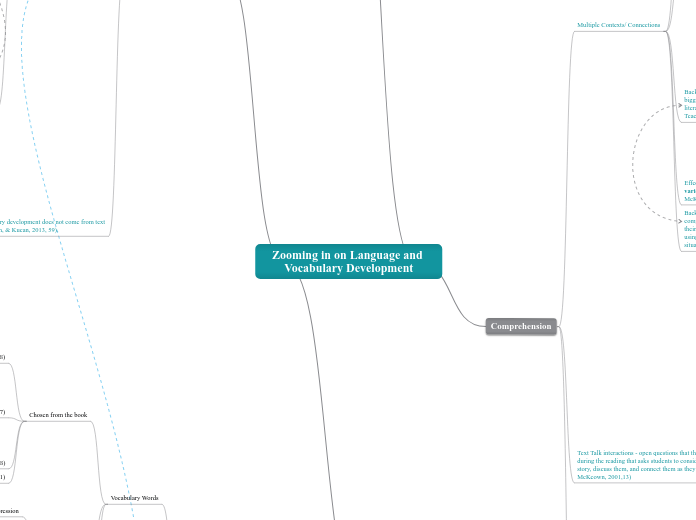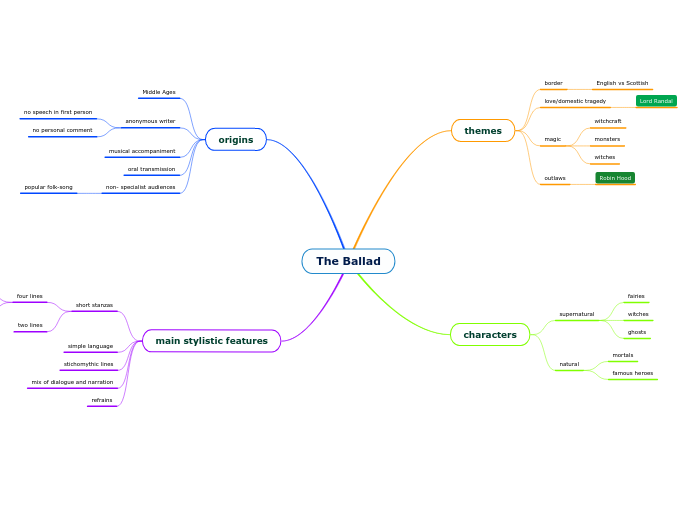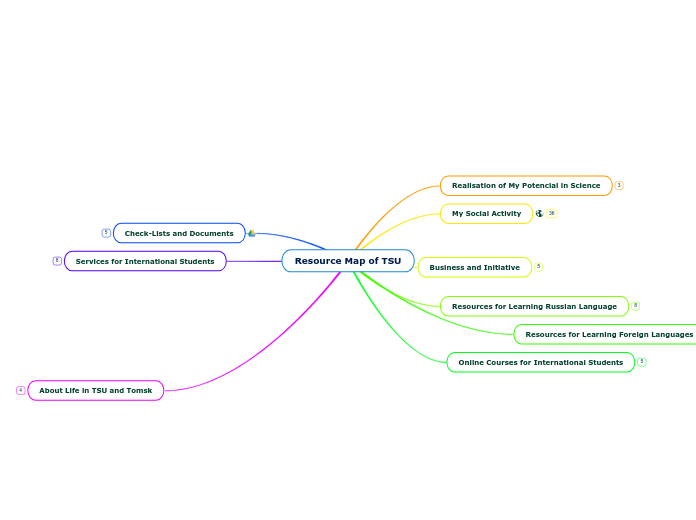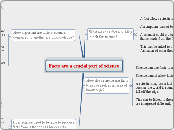Zooming in on Language and Vocabulary Development
A Scarf for Keiko- Vocabulary & Comprehension Development
I think A Scarf for Keiko could be a good place to start planning my literacy week. I think I would break down my literacy week into mini lessons. A lesson or two will focus on the background knowledge of the book- World War II, mistreatment of certain American groups, and Internment camps. Maybe even focusing on why knitting was a big deal in the story- "The War Effort" and what that involves. I think in terms of vocabulary and comprehension, I might actually want to read-aloud the book in parts. Each day, we read a couple of pages and then have activities that focus on the vocab or comprehension of those pages.
I could possibly introduce the background knowledge using a Picture Walk activity of selected photos of WWII
The book had some good illustrations to open up a discussion on how Japanese-Americans were being mistreated by their fellow Americans (ex: the egg throwing scene, the broken glass at the grocery store, and the flower shop with the sign to Go back to Japan)
Possible follow-up activities
Review vocabulary meanings with questions, word association, or finish the sentence activities
The story mentioned that Keiko and her family had to move to an Internment camp. Follow-up activities could focus on life in the Internment camp and who resided in them.
I could perhaps incorporate literacy centers or stations that focuses on students exploring the background context of the story or activities where they can apply their vocabulary knowledge.
I could also have choiceboard activities for the students to choose from to promote their autonomu
Vocabulary Words
I think the book is more appropriate for developing vocabulary (through read aloud) because deeper discussions about the book are based on vocabulary words like, "oppression" (not explicitly stated in the book) or "Internment camp" (requires teacher guidance for students to understand the meaning).
Generated words
Loyalty
When Sam's mom said the Saitos are Good Americans
When Sam announced that Keiko and her family are not spies
Intolerance
Use current events to connect to vocabulary words
Have students find examples in the text of where characters showed intolerance toward others
Oppression
Ex: (1) when the students refused to talk to Keiko and the other Japanese-American students since Pearl Harbor occurred; (2) When the egg was thrown at Keiko and she was told to go back to Japan; (3) When Sam and Jack ignored Keiko; (4) The grocery story and flower shop
Chosen from the book
Internment camp (p.21)
Disaster (p.18)
Spies (p.17)
Another way students could understand "spies" is by finding examples of spies. Examples include James Bond and Jason Bourne.
For "spies" and "internment camp," I would have to provide some background information to the students about World War II in order for them to understand that these words were common at the time. I think background information/context prior to the read-aloud would have been helpful for students to really understand why Japanese-Americans were not liked during World War II.
Refused (p.8)
Could ask the students to think about something that they might refuse to do.
Vocabulary Instruction
Young children’s vocabulary development does not come from text materials (Beck, McKewon, & Kucan, 2013, 59).
Beck, McKewon, & Kucan, 2013
Introducing words to young children
I find Beck and colleagues' (2013) approach to vocabulary instruction as productive because it offers many opportunities for the student to learn the vocabulary word and its context. I think I would use this method to introduce words to students.
While this is a suggested format to introduce words to young children, are there other effective ways?
6) Repeat word again (phonological representation and meaning)
using all the words: relating words, sentences, choices, children create examples
5) Children interacted with examples or provided their own (meaningful connections)
4) Examples in other contexts (meaningful context)
Familiar places (e.g., school, home, park), things they do (e.g., eat, sleep, play), things they like (e.g., animals, food, toys)
Because students have a very strong tendency to limit a word’s use to the context in which it was initially presented (63).
I didn’t realize this until it was explicitly pointed out but, yes, students' responses tend to follow along to the first example. I agree that prompting may be needed for students to think beyond the original context/use.
3) Children repeat the word (meaningful connection)
2) Meaning of the word explained in student-friendly language (including example embedded)
1) Story context for the word reviewed
Robust Instruction
Could the study’s measures of asking students to decide which picture portrayed a situation described by a target word (e.g., “Which shows someone glancing?”), asking whether a presented meaning matched a given word (e.g., “Does extraordinary mean very special?” “Does extraordinary mean very hungry?”), and/or asking whether a brief context exemplified a word’s meaning (e.g., “Would it be extraordinary to see a monkey at the zoo?” “Would it be extraordinary to see a monkey teaching school?”) be used to assess students’ vocabulary knowledge on a daily basis? In other words, should vocabulary assessments have this format rather than asking students to simply define the words?
Twice the instruction for twice the gains for words (56).
Children who were directly taught Tier Two words learned significantly more words than the children who received no instruction.
Should teachers try to have vocabulary instruction immediately after a story has been read? Would similar results be the same if vocabulary occurred before the story?
Interactive Instruction
Effective in vocabulary Instruction
Advantage in Use of taught words (Task 3)
No difference in Text Comprehension (Task 2)
Would the results show differences if the task was conducted on older students?
Task 2: Like the researchers, I was also slightly surprised by the results because I expected there to be a difference. I thought interactive instruction would be more effective than repetition instruction since children are expected to engage more with the words in interactive instruction. Usually, deeper engagement and connections to things leads to better recall.
For Text Comprehension, interactive instruction might be a more appropriate approach for older students because their working memory is more developed than younger students.
Advantage in Context Integration (Task 1)
Repetition Instruction
Comprehension
Responding to Book Illustrations
Children rely on the book’s illustrations to construct meaning and less on constructing meaning from the linguistic content (Beck & McKeown, 2001, 11).
Teachers should first read the linguistic content before showing the story’s illustrations. But they also cautioned that students tend to rely on the pictures as their source for responding to questions, rather than the linguistic content (Beck & McKeown, 2001, 16-17)
Ask the students if they have had similar experiences as Sam and Keiko. Invite them to share their responses. Are there connections or disconnections to the text?
Could pose the question, "What's going on in the picture? Explain how you know."
In A Scarf for Keiko, I think most of the illustrations were congruent with the text content. However, as Beck & McKeown (2001) pointed out, this could become problematic because the students may only rely on the pictures to understand the story. This prevents them from encountering the emotions and deeper message that are embedded in the story. Maybe one way to prevent this is to ask prompted questions during the read-aloud about the illustration that guides students to use their background knowledge of war, hatred, etc., to connect more with the story.
What can teachers do to ensure that students use both the linguistic content and illustrations to extend their reading comprehension? How can teachers guide students to construct higher-level thinking, like what we saw in the Girls, Social Class, and Literacy reading?
Text Talk interactions - open questions that the teacher poses during the reading that asks students to consider the ideas in the story, discuss them, and connect them as they are reading (Beck & McKeown, 2001,13)
"talk surrounding text" (Beck & McKeown, 2001, 11): effective talk involves encouraging children to focus on the story ideas and then giving them opportunities to reflect on what they learned, rather than a quick one-response on story details that maybe checks-in to see if the child is listening but does not evoke deep reading comprehension.
2) Trade Books' sophisticated vocabulary to explicitly teach and encourage children's use of vocabulary (Beck & McKeown, 2001, 13)
Relates back to Block et al.'s idea that teaching abilities are a major contributor to students' literacy success compared the type of materials used. Yes, trade books are probably a better form of text than other kinds of texts because it includes sophisticated vocabulary, However, without the teacher there to guide the students in understanding the vocabulary, the trade books are not very useful. To build vocabulary, students need the teacher to help them learn the vocabulary definitions and understand the different connections of when the vocabulary term could be used in.
1) The kind of questions elicit greater language production (Beck & McKeown, 2001, 13)
Although I made predictions in my Read-Aloud for A Scarf for Keiko, I could have expanded on these predictions and connections with further questions to my students
Sam's mom says that the Saitos are "good Americans." I could ask the students to think about what makes an American a "good American" versus a "bad American."
Could try to have the students use their vocabulary words to support their description of a good American v. a bad American
What did you think about the signs on the grocery store and the flower shop? What was the purpose of these signs?
How did you feel when the teenager threw an egg at Keiko? Why do you think he did that, given your background information about WWII?
Even though they are friends, why did Sam ignore Keiko in the beginning when she offered to help him with his knitting or when she greeted him on the street? Do you think Sam dislikes Keiko? What changed his opinion of her for him to make a scarf for her?
What's Keiko up to now? What was life like in the Internment camp?
Children have difficulty responding to decontextualized language (Beck & McKeown, 2001)
“The key to experiences with decontextualized language that make them valuable for future literacy seems to lie in not merely listening to book language, but in talking about the ideas” (Beck & McKeown, 2001, 10-11).
Connects with the Early Literacy Trifecta that Dr. Washington mentioned about the development of strong literacy skills being influenced by opportunities to practice talk about it.
Connects with Feirro’s idea that children need to be active participants when reading.
My previous assumption with read-alouds was to simply read the text with intonation, different facial expressions, and occasionally pointing at a picture (at least that is what I did for my young cousins). I never realized the methods that teachers should incorporate as they read-aloud to build students’ vocabulary and reading comprehension.
What can the teacher do to help students respond to questions that are not simply one-word responses?
Understanding a complex text (Is it Time to Drop ‘Finding the Main Idea’ and Teach Reading in a New Way?)
2) Stringing together sentences and the concepts they convey to build sequential meaning
3) Form an overarching, deeper understanding of the text
1) Extracting ideas from individual sentences
Multiple Contexts/ Connections
Background knowledge plus text content is great to assist in comprehension but can be ineffective if students solely rely on their background knowledge to respond to questions instead of using their background knowledge plus the text to comprehend the situation (Beck & McKeown, 2001, 12)
Effective vocabulary instruction calls for multiple encounters in varied contexts and active processing of word meaning (Beck, McKewon, & Kucan, 2013, 55-56).
To help the students better understand two terms in Burros Tortillas, Ali Nava brought in those items for her students to touch and see.
I did something similar when I showed props (gifs and the knitting needles) during my storytelling video
Background knowledge about other subjects played a “much bigger part in reading comprehension” than other emphasized literacy skills (Is it Time to Drop ‘Finding the Main Idea’ and Teach Reading in a New Way?)
Connects to Souto-Manning's idea that teachers should draw on students' funds of knowledge
For A Scarf for Keiko, the background knowledge would be World War II. What parties/countries were involved (Allies v. Axis)? How did the United States get involved in WWII (e.g., Pearl Harbor)? Maybe relate it to students by asking them if they had any family members who fought in WWII or in any war in general.
Why did the story mention Sam and his family celebrating Shabbat? How does Sam's religious practices relate to World War II?
How do you find the balance between providing students with multiple sources of background information on a given topic, but also not limiting their knowledge to other topics that are less familiar or less liked? I’m sure that someone who likes baseball will enjoy reading more information about the sport and be able to connect their knowledge to other topics. But what if they can’t relate baseball to other topics and don’t know what else they could use as a connection because they only focused on baseball?
Students find connections between ELA and other subjects (Is it Time to Drop ‘Finding the Main Idea’ and Teach Reading in a New Way?)
Supports the idea in Fostering Autonomous Motivation and Early Literacy Skills where we want students to not just be able to read a text, but want to read and learn more about the material. I think providing students with background knowledge or even having them explore the background knowledge of the text themselves can empower students to learn and enjoy more about the story.
A Scarf for Keiko might be a good book to use for both ELA and Social Studies (World War II).
What relevant, current events today relate to the situation that was occurring in A Scarf for Keiko?
This also connects to our Teaching Social Studies class because we have to create an integrated lesson plan (social studies + ELA).
I think this is great that students are making connections beyond the one subject that introduces the topic. First, the deeper the connections students’ make, the better they are able to comprehend and recall the material. Second, students gain a wider-perspective on the topic when viewing it through different lenses. It promotes the power of diversity and multiple lenses, which one of our readings (Ethnographic Eyes) from Teaching Emerging Bilinguals covered.
“With access to greater resources, a child from a middle-or upper-class family is more likely to be taken on trips, attend events, or be exposed to experiences, that deepen their cultural or social knowledge base. These experiences give them a foundation to process and understand difficult reading passages- context that peers from less-resourced families can lack.” (Is it Time to Drop ‘Finding the Main Idea’ and Teach Reading in a New Way?)
This reminds me of our Teaching Emerging Bilinguals class when we were talking about the Zwier chapters, specifically about the different types of capital that students may come to school with.
Trade books w/ Tier Two words/ Read-Alouds (Beck & McKeown, 2001; Beck, McKewon, & Kucan, 2013)









